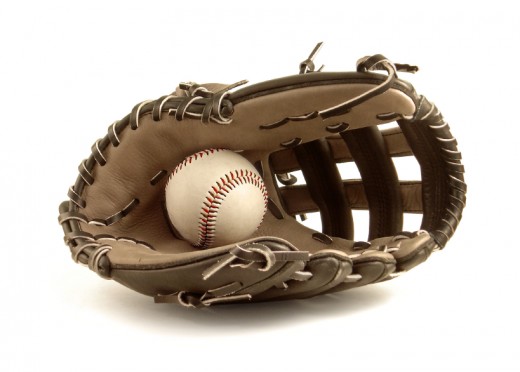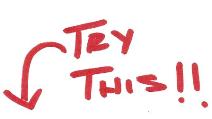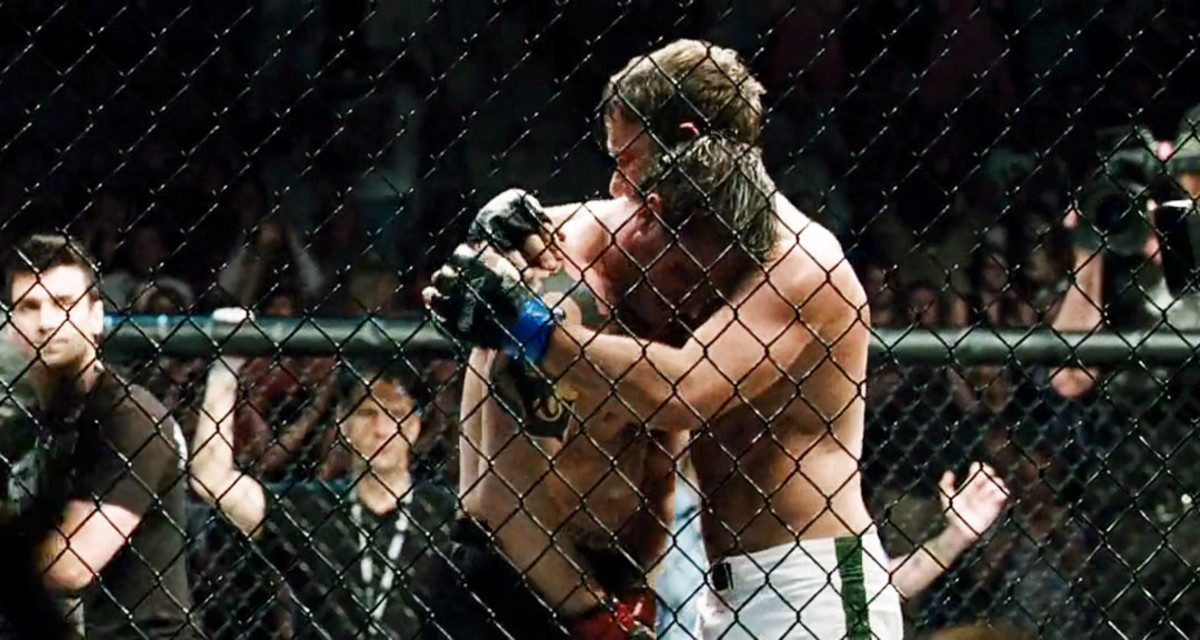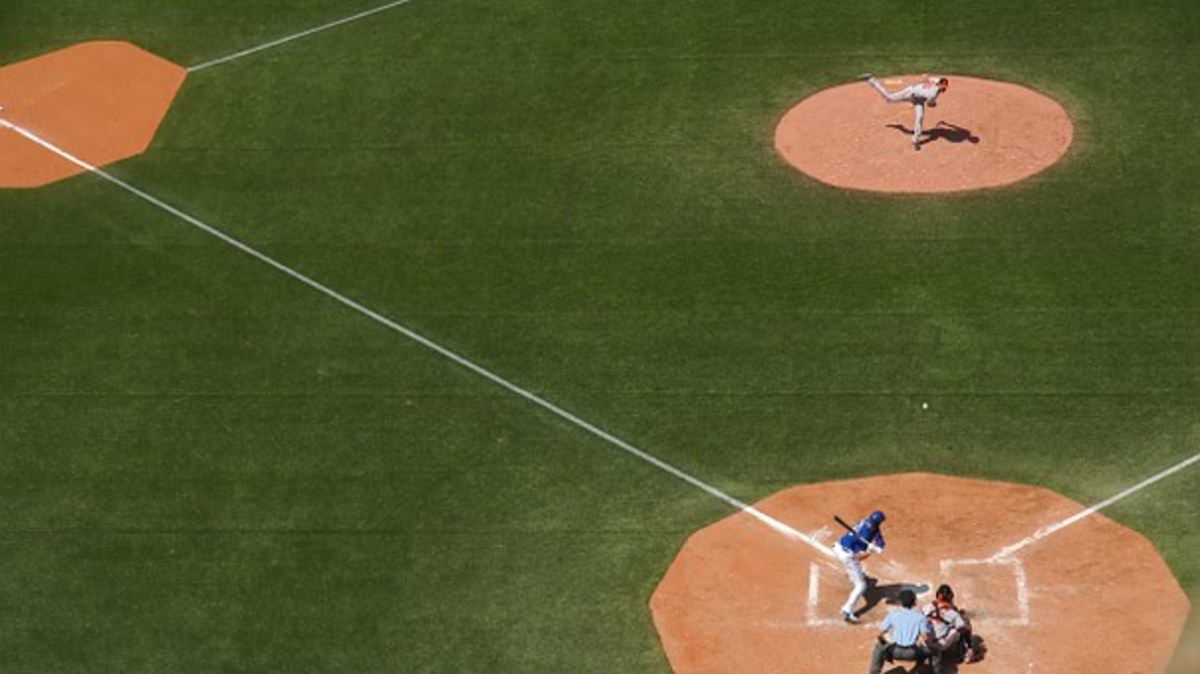Baseball Drills
Youth Baseball Drills


Baseball Drills to Spice Up your Practice!
Learning to hit the ball properly can be one of the hardest skills to learn in baseball, especially for younger, inexperienced players. While most players will approach hitting with enthusiasm and zeal, it is important to instill the four basic principles of hitting into your players’ heads in order to get the bat to connect to the ball, driving in runs and winning baseball games. These baseball drills will help your players with their swings, stances and deliveries when hitting.
It is crucial that young players learn the four fundamentals of hitting before they even attempt any series of baseball drills. If the learning is applied before and during the baseball drills, then hopefully your players will be better remember the skills necessary to hit solid runs.
The first component of hitting is a good firm grip. Next is the stance, followed by the stride and finally the swing. If you emphasize these four fundamentals over and over, even the weakest hitter on your team can learn to improve their swing. You’d be surprised what even a little extra confidence can do for a hitter!
Here are a few simple free baseball drills that drive home the four fundamentals:
- Have your players partner up. Start off by setting up a batting tee at home plate, as this will emphasize the comfortable feel of hitting where it usually takes place, despite the batting tee. Player one puts the ball on the tee while player two hits it, making sure to keep their swing level and compact. After player one gets used to hitting the ball from the center of the plate, it is a good idea to move the tee to the left and to the right. Once player one has hit the ball ten times, have the players switch so that player two can improve their swing as well. This drill emphasizes an even swing and keeping your eye on the ball while connecting.
- For the next of the baseball drills, the hitter learns to watch for pitches in the strike zone in order to achieve solid hard line drives and ground balls. Player one steps up to home plate. While they are permitted to take up to 50 pitches, the hitter is allowed only 5 swings or called strikes per at bat. Once contact is made, each hit is assigned a number of points based on the type of hit:
- 1 point for dribbler
- 2 points for a slow rolling hit
- 3 points for a pop fly hit
- 4 points for a hard grounder
- 5 points for a line drive
When we run this drill, we circulate through the hitting line up five times and the one with the most points is declared winner. Once the players work on their strike recognition skills, we have the pitcher throw a little more variety into the mix, pitching fastballs, curveballs and change ups in order to prepare the hitter for whatever could be coming up next.








